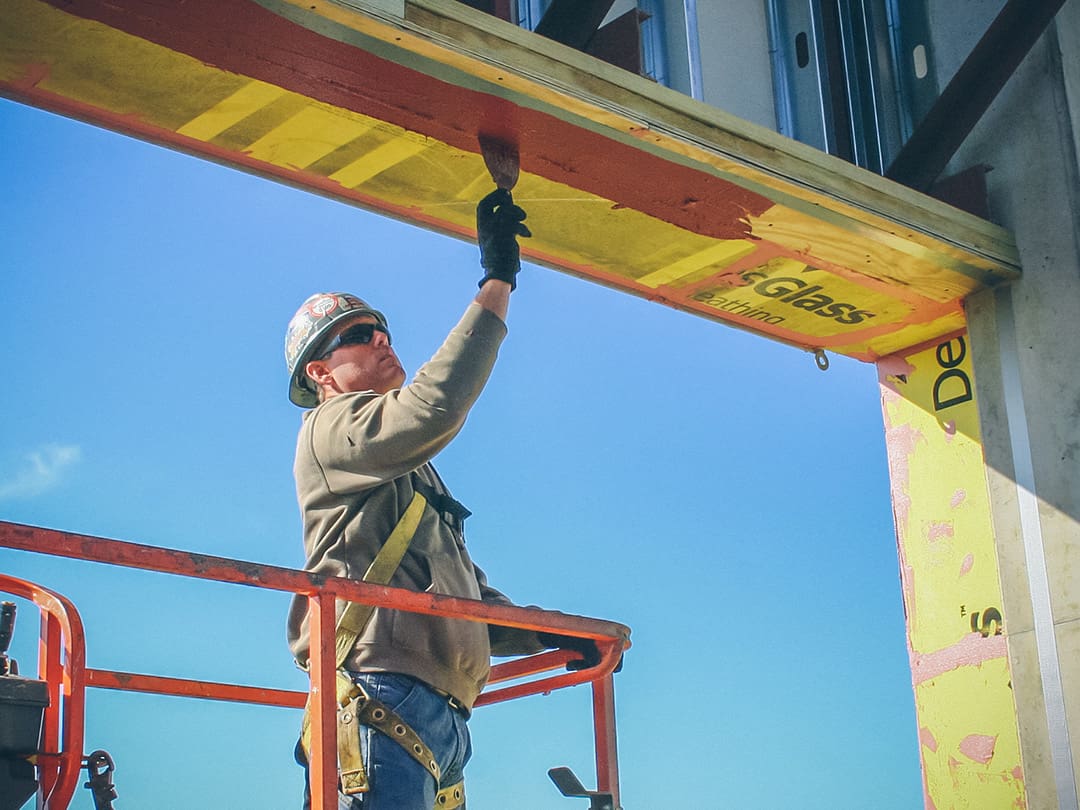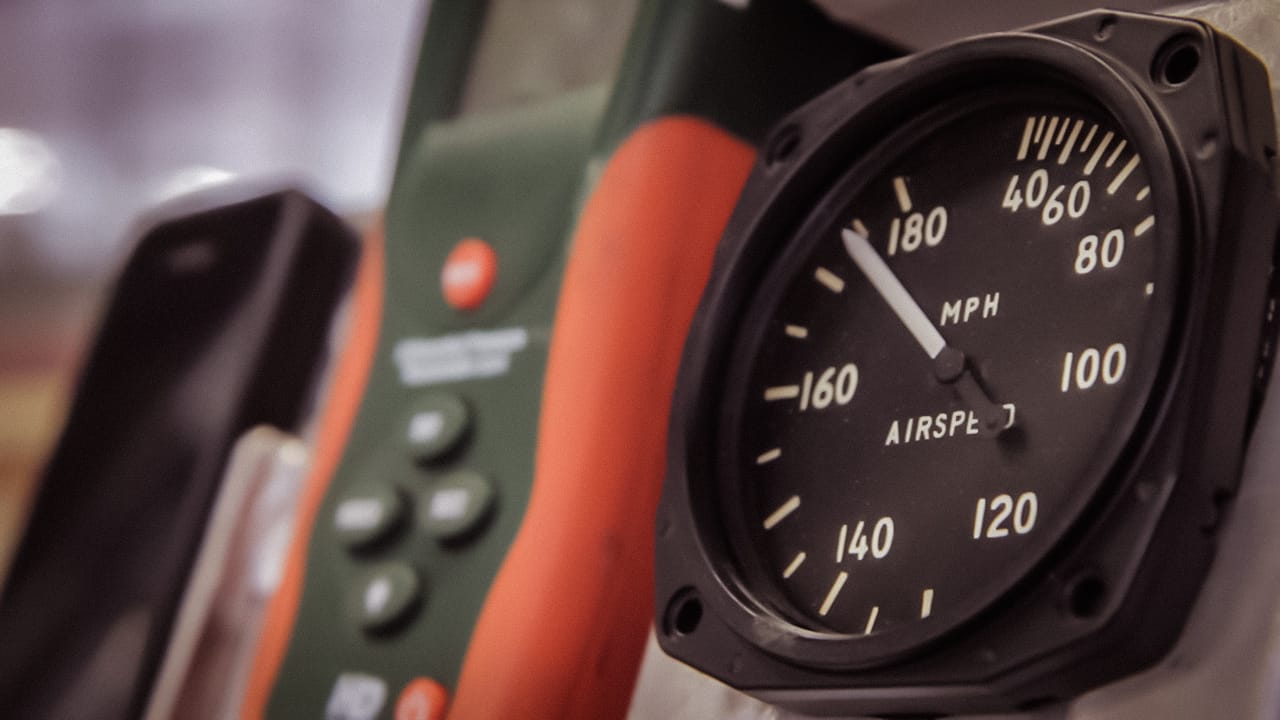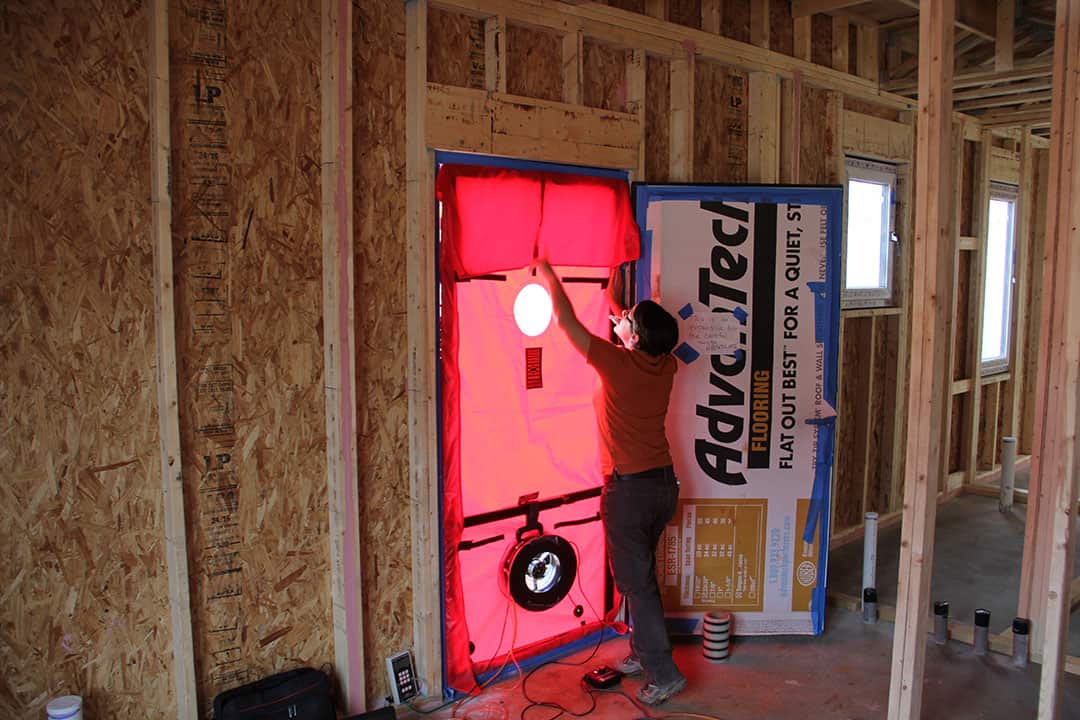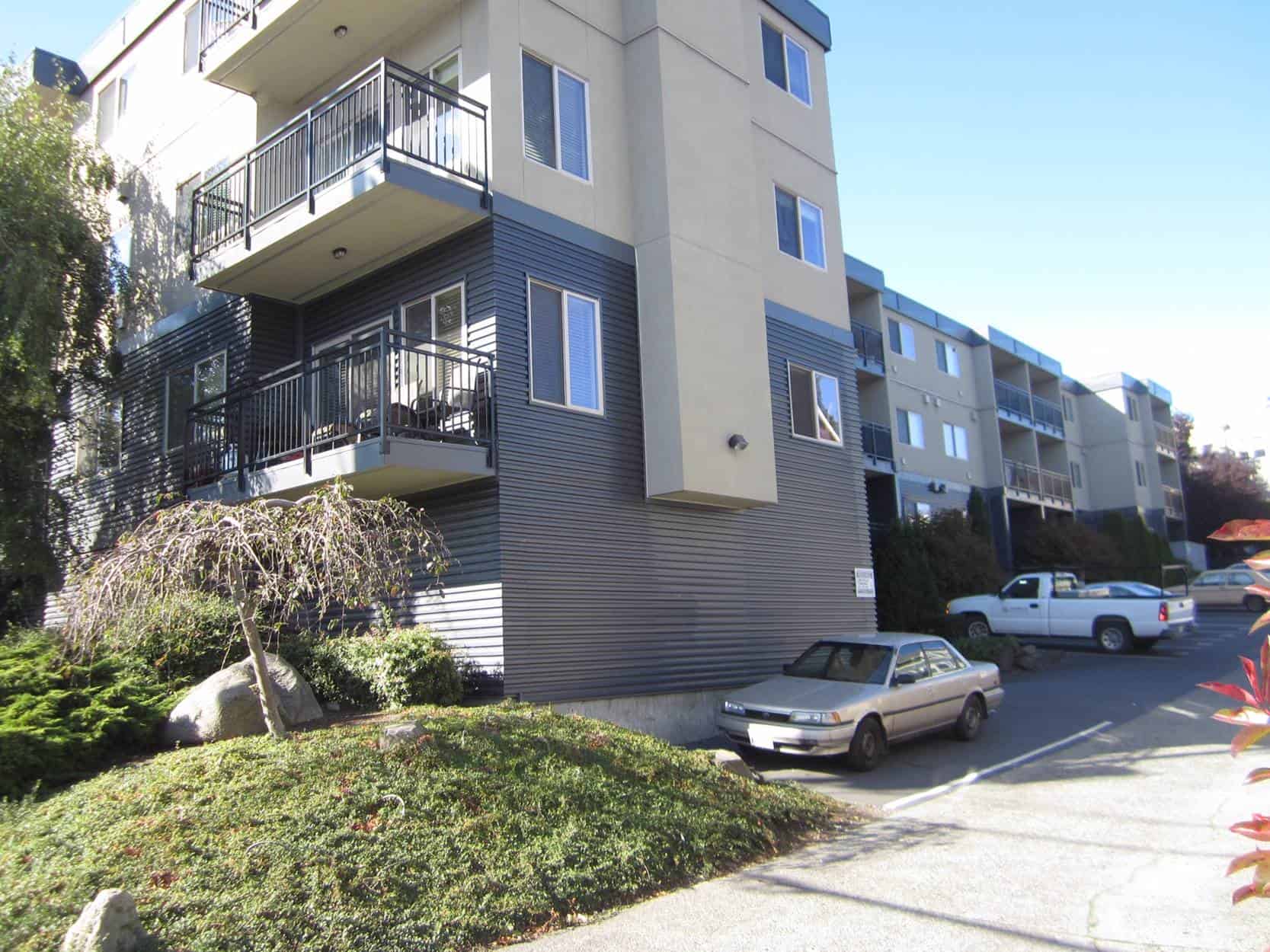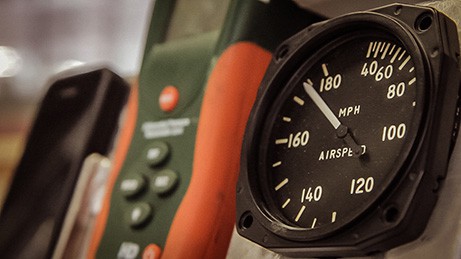By Dave Pennington

Dave Pennington
We hope you saw the news in late July 2019 that FastFlash is now the ONLY fluid-applied flashing to have its own Evaluation Report (ESR) from the International Code Council Evaluation Service (ICC-ES) -- (ESR-4363). If not, you can read the announcement here.
SO, WHAT’S THE BIG DEAL?
This news means a lot to PROSOCO! It is verification from a renowned international organization that FastFlash is still the great, industry-leading product that has been used commercially since 2005. However, this report is much less about us than it is about design professionals in the construction industry.
Architects, consultants and specifiers look for the ICC-ES ESR as a sign that they can trust a product’s performance and code compliance. As Abe Koury, PROSOCO’s Building Envelope Group (BEG) Technical Specialist for the Southeast who has 30+ years in the EIFS and stucco industry, said, “A current ICC-ES report achieves instant credibility and offers peace of mind to the designer, as they are assured of verified compliance.” But this is bigger than just providing a warm, fuzzy feeling to industry professionals.
There are greater implications to consider regarding the importance of an ICC-ES report for products that may reach the job site. Paul Grahovac, the Codes & Standards Specialist for PROSOCO’s BEG Technical Team, said it best: “Manufacturers must realize the jeopardy they put specifiers in when they don’t have code reports for their products!” We constantly hear this sentiment echoed throughout North America and in the upper halls of the building science community. This independent verification of code compliance is critical to the confidence and protection of our customers, and the quality of their structures.
The bedrock of PROSOCO’s 80-year history is transparency and providing problem-solving solutions, which leads to the reason why we initially sought an ICC-ES report for our FULL Cat 5 system (ESR-3416). We chose to have the Cat 5 system (Cat 5, Joint & Seam Filler, FastFlash and PorousPrep) evaluated to provide assurance that all components are independently evaluated and meet code requirements. While some companies are offering code evaluations for just their field coatings and no accessories, and many have no evaluations at all, we feel it’s critical to provide assurance that all components work together to meet code. There is too much at stake in the details and transitions to ask specifiers to assume products will hold up. The ESR assures that they will.
Back when we had the Cat 5 system evaluated, there was no acceptance criteria for fluid-applied flashing materials with the ICC-ES. Recently, however, ICC-ES has amended their acceptance criteria for flexible flashings (AC148) to include fluid-applied flashings. When this happened, we felt it equally critical to have an ICC-ES report for FastFlash as a stand-alone product.
“...This is critical to the confidence and protection of our customers, and the quality of their structures."
Pat Downey, PROSOCO BEG Technical Team Specialist for the Pacific Northwest (who has 25+ years of window installation experience), feels this is most important for FastFlash and its users.
“FastFlash solves so many problems and simplifies the protection of any rough opening,” he said. “It is fluid-applied and fits perfectly into any configuration, cannot be accidentally reversed-lapped during installation, becomes part of the structure upon application rather than just adhered to the surface like a SAM, which can suffer fish mouths and delamination, and can go onto a wet surface and still allow for drying of the substrate.”
With this announcement, PROSOCO is celebrating yet another first with FastFlash being the only fluid-applied flashing to have its own ICC-ES report (ESR-4363). It was also the first silyl-terminated polyether (STPE) product to be used in an AWB application and is the only STPE fluid-applied flashing with published third-party validated performance inspection reports for 2010 and 2015 on a project completed in 2005. Since the launch of FastFlash, many similar products have come to the market, but none of them provide such a documented history of performance. Also, anyone can claim their product is an STPE, but that doesn’t mean it’s the same as FastFlash.
Nowadays, we see multiple iterations of products claiming to be STPEs for flashing and AWB applications in construction. STPE is a unique hybrid chemistry that’s very flexible and adaptable. Manufacturers can vary the filler types and amounts, vary the amount and effectiveness of performance-enhancing additives, add solvents and various other diluents, and include numerous other variations. While competing formulations place themselves broadly in the same category as FastFlash by touting the STPE designation, beware of claims that they are the same. This is why the validated performance history of FastFlash and its newly acquired ICC-ES report (ESR-4363) are so important to specifiers.
“...There is too much at stake in the details and transitions to ask specifiers to assume products will hold up."
The hybrid technology we’ve used to pioneer the fluid-applied flashing niche has caught the attention of many specifiers over the years.
“The STPE chemistry that is FastFlash has been a game-changer,” said Guy Long, PROSOCO’s BEG Technical Specialist responsible for hands-on detailing and application support to design professionals and construction teams. “When it was presented to me in 2004, I was so compelled by its origins and capability, that I walked away from my building envelope consulting career with a major firm to be part of the promotional team.
“All the attributes of FastFlash made perfect sense for solving the traditional problems and failures suffered when detailing and transitioning AWB applications, but I was most compelled by the fact that this product was developed with intention, and not some ‘re-purposed’ material from another scope of work.”
It is important to understand that FastFlash was developed to solve specific construction problems and be used in an intentional manner. This is demonstrated by the “wish list” of characteristics developers sought in the beginning. Students and practitioners of systems engineering will recognize the list as a systems-engineering product requirements document.
We think Guy Long said it best: “FastFlash has been a game-changer,” and it continues to lead the industry. Congratulations to PROSOCO for having the ONLY fluid-applied flashing with its own ICC-ES report and our TEAM of people who continue to strive for excellence.
![]()
